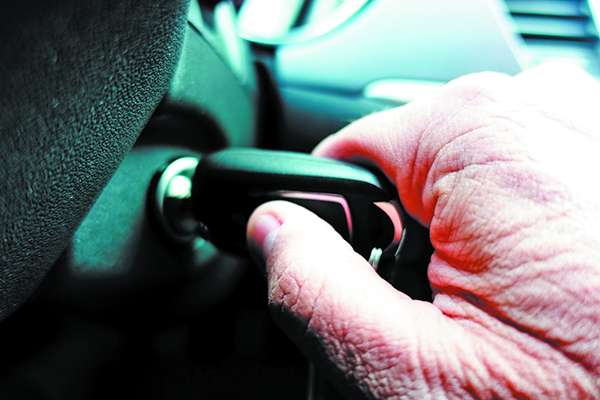Problem drinking is always destructive, but researchers at Penn State found that alcohol abuse can hurt you in very distinct ways at different ages. They analyzed data from the National Epidemiologic Survey on Alcohol and Related Conditions, which included alcohol-related symptoms of 5,402 people between ages 18 and 64, all of whom were diagnosed with alcohol use disorder (AUD) within the prior year.
Here are the five subtypes of AUD that they found. Although all the types were seen at all ages, some types were more common at certain ages…
“Adverse effects only AUD.” 34% of survey respondents, primarily adults from ages 18 to 40, were most affected by alcohol withdrawal effects. These range from the typical hangover, nausea or headache to a racing heart, restlessness and anxiety.
“Alcohol-induced injury AUD.” For 25%, drinking was most likely to lead to injuries due to driving while under the influence of alcohol. Although young drinkers are more likely to drive under the influence, injuries were most common in older drivers. Alcohol-related injuries actually increased with age and peaked at about age 50.
“Highly problematic, low-perceived life interference AUD.” 21% of problem drinkers fail to realize the toll that drinking takes on their lives. Many in this group were the youngest in the survey, from late teens to 20s, including students getting their first taste of freedom. People without family or job obligations don’t suffer the same repercussions as heavy drinkers who have such responsibilities and therefore don’t realize how excessive drinking impacts them.
“Difficulty cutting back AUD.” This problem affects just 13% of the subjects, but these are often people in their 50s and 60s. They might want to stop altogether or at least cut back on their drinking, but their attempts fail.
“Highly problematic AUD.” 7% fall into the most worrisome category of problem drinkers—those who experience all the issues of the other subtypes. The largest cluster of people in this group are in their late 40s.
SELF-CHECK: COULD YOU HAVE A TYPE OF AUD?
It’s hard for many people to admit that they have a drinking problem. The descriptions of the subtypes defined by the Penn State researchers may help you see a problem in yourself or a loved one. There are also 11 specific criteria related to AUD outlined in the Diagnostic and Statistical Manual of Mental Disorders, the textbook that guides the diagnosis of all kinds of behavioral disorders. To be diagnosed with mild AUD, you need to have only two of these. To be diagnosed with severe AUD, you need six or more…
- You drink more than you want to.
- You try to stop or cut back, but you can’t.
- You spend too much time drinking or recovering from drinking.
- You have such a desire to drink that you can’t think of anything else.
- Drinking is interfering with family, job or school.
- You continue to drink despite the problems your drinking creates with friends or family.
- You give up other activities you enjoy to drink.
- You engage in risky behavior such as driving, swimming, using machinery and having unsafe sex due to drinking.
- You drink despite health problems, anxiety, depression or blackouts.
- You need to drink increasingly more alcohol to feel its effects.
- You feel sick when the effects of alcohol wear off.
If you or someone you know has two or more of the criteria for AUD or fits into one of the five subtypes, start a discussion with a doctor or therapist who can help. AUD is a long-term, relapsing brain disease that has been linked to increased risk for heart disease, stroke and liver damage as well injuries and problems at work, home and school. Treatment helps most people and can prevent these life-altering consequences.
Having trouble convincing a loved one that he/she has a problem? Read “Staging an Intervention: How to Help a Loved One Who Doesn’t Want Help.”



